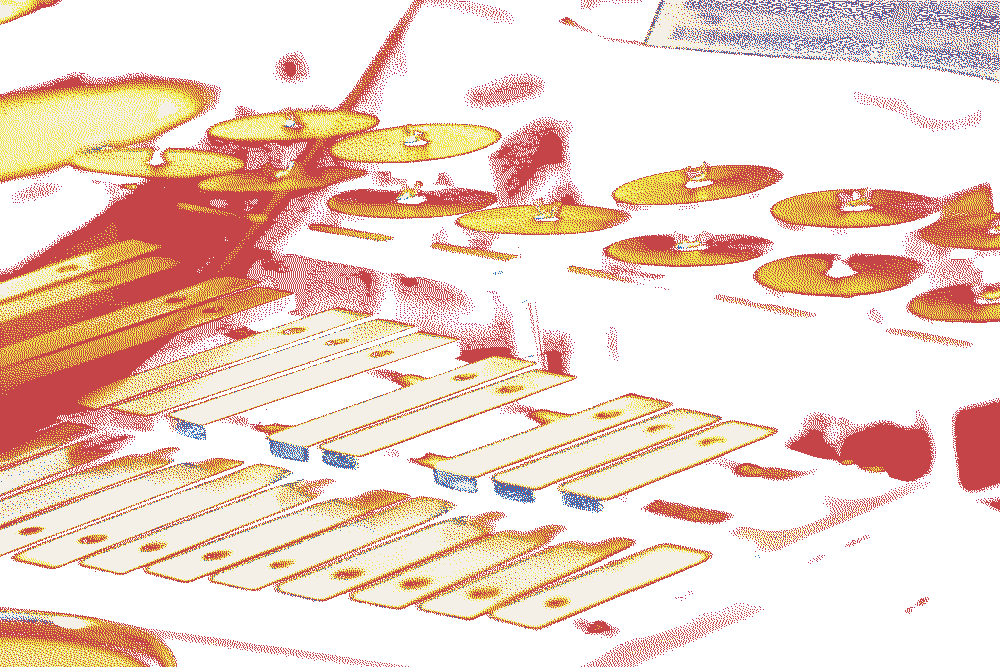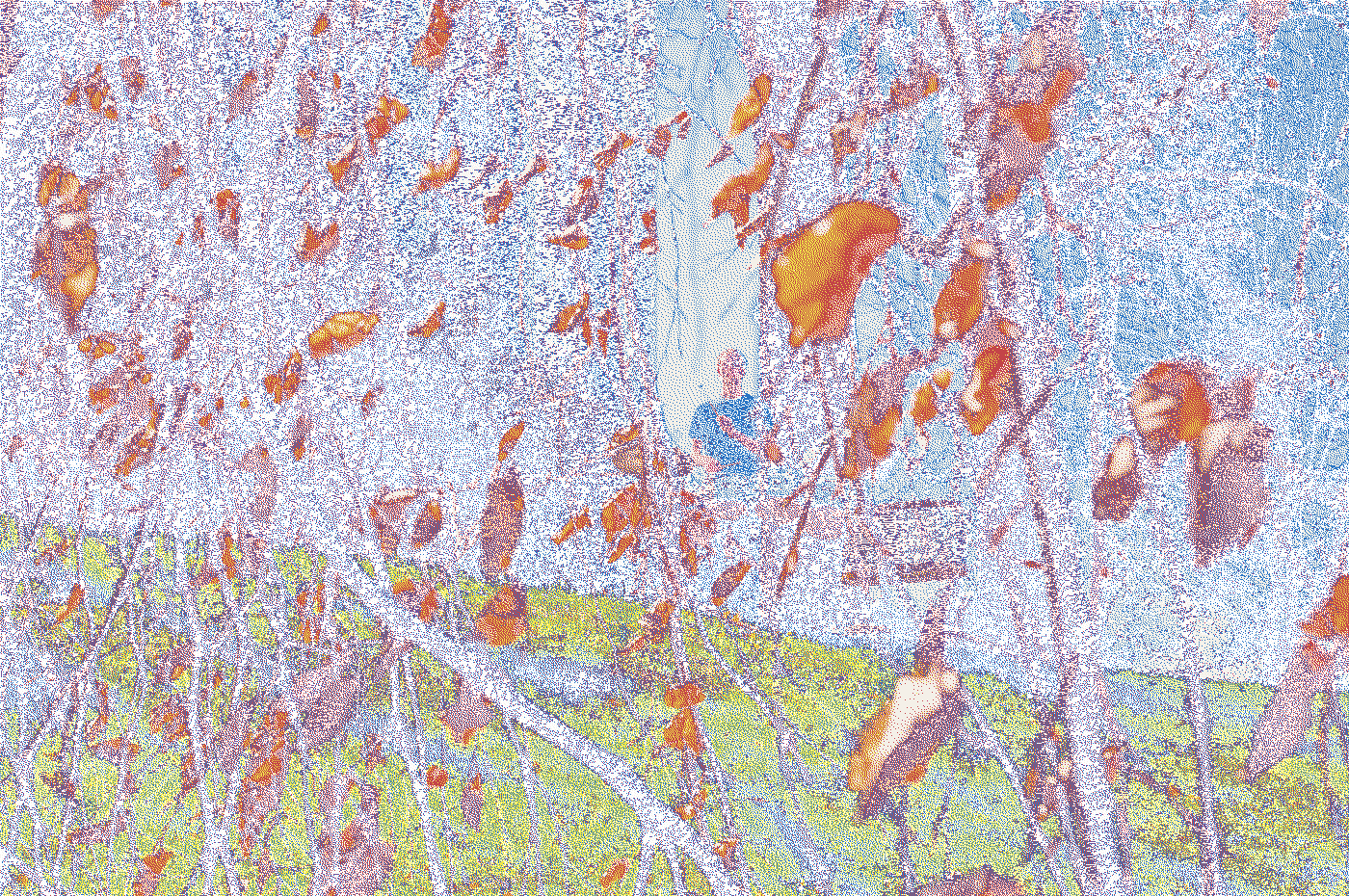Lila
Back in early 2015, I wrote this essay on free improvisation. We could critique it, but I prefer to leave it as it is, as a reminder of where I come from. Rui taught us that “Lila” means “play.” Today, I call on that playful spirit to move through life with an open mind, an open heart, and a steady hand.
~
The grain of the wood is familiar in my calloused hands. My grip is light; the wooden sticks could easily fall, but they do not. Arms hanging at my sides, I readjust the fulcrum, where my thumb and index finger meet, hoping that the sweat doesn’t make them slip.
It’s time.
I raise my arms up theatrically, preparing to strike, and then begin. Muscle memory takes over and I find myself drifting, thoughts shifting with the tide of my sound. Intensity, here—then immediate calm. Now, I tell a story. The instrument is an extension of my body, each strike of the drums pumping my blood, each break filling my lungs. I speak the language of sound, and soon my monologue becomes a conversation.
Others respond, their secret voices floating at the top of my awareness, barely out of sight; I recognize them, feel their intransigent rise and fall pulling me forward into the unknown. We listen to each other’s bodies, mostly silent, waiting for our turn to speak. None of us have an agenda, not in this place. In this place, the moment is all. Our words are driven by emotion, by curiosity, by art. Each time, we reach a different conclusion, yet the conclusion is always the same.

Free improvisation has no rules, unless we make them. Nothing is written down, or rehearsed (at least, not in the traditional sense). It is not jazz. Usually, we call it music, but definitions of music can vary significantly. I’ve not done a good job of defining it for you, I know, but I ask that you be patient with me. Free improvisation is much more than a genre or a game. It is art in its purest form, which has intensely enriched my collegiate studies over the last two years.
I began my practice of free improvisation during my first semester, under the tutelage (with my peers) of a pensive and passionate musician named Rui Li. One night a week, we sat down in a circle and listened to him babble about when to play and when not to play, about meditation and mindfulness, and about the philosophy of free improvisation. All we wanted to do, though, was make sounds and eventually we did. Each week, as we played more and more, Rui’s teachings slowly began to make sense.
Desperate symphonies and Hallmark card makers often assert that ‘music is the language of the soul’—but it might be more accurate to describe music as a conversation of the subconscious, particularly in this context. Intrinsic to the practice of improvisation is a mindset of openness and self-acceptance. In short, one’s inner critic must be silenced. This improvisational ‘posture’ allows associations to float freely in the mind and ideas to form extremely quickly. Without filters, the physical motions of a musician are one with their mind, flowing creatively from one idea to the next and responding constantly to sensory information. It is a conversation where we can all speak at once, yet still hear each other.

Little Nathan makes music in college.
This mental posture has completely changed the way I see the world and approach my studies. My creative capacity has expanded tremendously, impacting the quality and variety of my work, and a higher level of openness has provided me with inspiration from many peculiar sources. Redacted government documents and my mother’s scrapbook combine, resulting in a hand-designed magazine. Sapi-Portuguese tourism art inspires a commentary on modern cable news. Through improvisation, my eyes and ears have been opened to a new spectrum of information, unrestricted by logic, which communicates intuitively into these creative and analytical processes.
My studies of nonprofit work and visual culture, too, have been transformed. What was once dull fact-finding is now an artistic exercise, marked by broad-mindedness and fun. Implicit visual messages and connections catch my attention much more naturally, often crossing disciplines, while the challenges of working in the nonprofit world are much less daunting than before.
The experience of free improvisation has touched me far deeper, though, than my abilities in the academic world. What draws me back to improvisation over and over again is its perpetual conclusion and the calm which that conclusion brings. You see, no matter what music we make or what story we tell, we see the beauty of music, intimately, and understand. We understand that we are all the same, that we can change—that no matter what language we know, we can speak and come to know each other. We understand that, even in these tumultuous times, peace is not out of our reach. We see the beauty of humanity and, at last, we understand.
